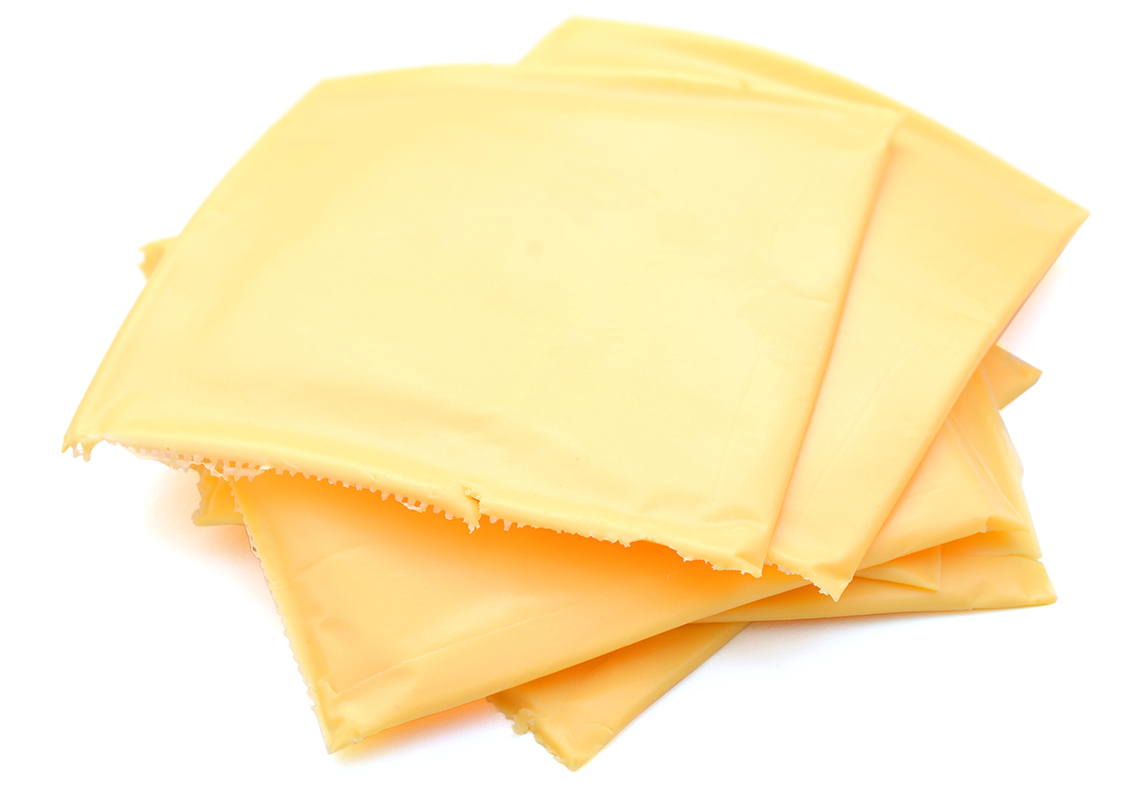3D-Printed Cheese Is Gooey, Melty and Probably Delicious

Any way you slice it, cheese is considered by many to be a favorite food, whether cut into cubes as a snack, grated over pasta, layered in a sandwich or melted as a topping for pizza.
This beloved dairy treat can transform easily from a solid to a gooey liquid and back to a solid again. So it should come as no surprise that cheese is also a candidate for experiments with food and 3D printers. These projects involve squeezing a gel, paste or semiliquid material through a nozzle to shape it into a solid — and edible — object.
In a recent study, scientists 3D-printed cheese and conducted a series of tests evaluating its texture, resilience and "meltability," to see how this cheese from the future would stack up — on a structural level — against regular processed cheese. [3D Printing Cheese for Science | Video]
The inspiration for the researchers' investigation was a question posed by a cheese manufacturer, who wondered how cheese might be used as a raw material in kitchens that are likely to be equipped with 3D printers in the not-so-distant future, study co-author Alan Kelly, a professor in the School of Food and Nutritional Sciences at University College Cork in Ireland, told Live Science in an email.
Kelly was familiar with 3D printing and had studied cheese and dairy projects for 20 years, but this was the first time he'd thought to bring the two together, he said.
"It was a very speculative question which made me very curious," Kelly said. "We actually started by trying lots of cheese types, but found processed cheese to work best."
Processed cheese is produced using techniques that 3D printing mimics very closely —mixing ingredients and molding them into a new shape. And 3D-printing cheese could provide valuable insight for engineers who are still developing materials for 3D printing, which need to be fluid enough to flow through a nozzle but also capable of settling into "a buildable shape and structure," Kelly explained.
Get the world’s most fascinating discoveries delivered straight to your inbox.
The scientists melted processed cheese at 167 degrees Fahrenheit (75 degrees Celsius) for 12 minutes, and then ran it through a 3D printer using two different extrusion rates — in other words, varying the speeds at which the printer pushed the molten cheese out through the syringe. They compared the 3D-printed results to processed cheese that had been melted and then cooled in a cylinder, and to processed cheese that was unchanged from its original solid state.
Cheese that was 3D printed was 45 percent to 49 percent softer than the untreated processed cheese, the study authors found. They also discovered that 3D-printed cheese was a little darker in color, a bit springier and more fluid when melted, though it melted at approximately the same temperature as untreated cheese, according to the study.
Now that the 3D-printed cheese hurdle has been cleared, Kelly and his colleagues are testing other types of dairy products that can be 3D-printed.
"We are using mixtures of milk proteins at present to build a product, perhaps a high-protein snack, from the basics up, and designing recipes which might work best for [a] 3D printer," Kelly said. "We are pretty early on to generalize about different food systems, but that makes printing really exciting, as there is enormous potential to explore and innovate."
Innovation and exploration aside, what does 3D-printed cheese taste like? Alas, the samples were too small for detailed sensory analysis, so that question remains unanswered until it can be addressed in future studies, Kelly said.
"But we don't expect any changes in taste," he told Live Science.
The findings were published online Feb. 8 in the Journal of Food Engineering.
Original article on Live Science.

Mindy Weisberger is a science journalist and author of "Rise of the Zombie Bugs: The Surprising Science of Parasitic Mind-Control" (Hopkins Press). She formerly edited for Scholastic and was a channel editor and senior writer for Live Science. She has reported on general science, covering climate change, paleontology, biology and space. Mindy studied film at Columbia University; prior to LS, she produced, wrote and directed media for the American Museum of Natural History in NYC. Her videos about dinosaurs, astrophysics, biodiversity and evolution appear in museums and science centers worldwide, earning awards such as the CINE Golden Eagle and the Communicator Award of Excellence. Her writing has also appeared in Scientific American, The Washington Post, How It Works Magazine and CNN.


